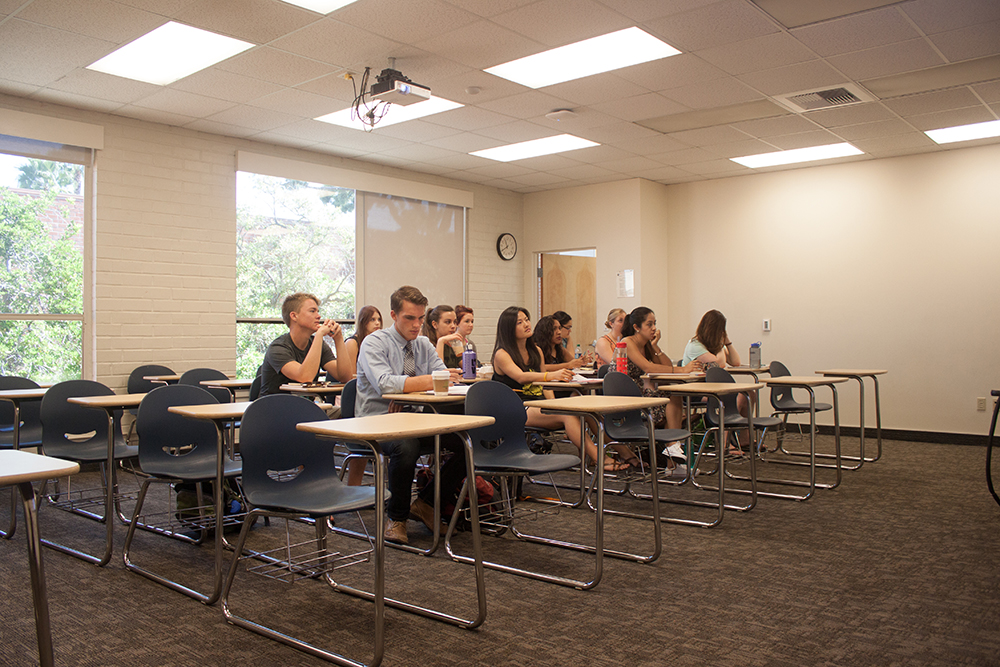In education, many students often feel lost in a fast-paced or intimidating classroom setting, bored because the curriculum lacks a sufficient challenge or drowned in excessive homework. Although the arrangement remains ideal for a few fortunate students, the remainder are left discontented. We must find a more efficient form of education, and we can learn a lot from other countries with highly successful educational systems.
DIFFERENCES IN EDUCATION
The PISA, Program for International Student Assessment, tests students from numerous countries in reading, mathematics and science. It then calculates the average and ranks each country according to the average score in each subject. Their assessment in 2009 showed that the United States ranks only slightly above average in comparison to other nations, at about 24th on average overall, but that China, specifically Shanghai, scored the highest in all three subjects.
In China, citizens must attend school for nine years, beginning with preschool at three years old. School days usually last from 7 a.m. to 5 p.m., and parents spend approximately 14 percent of their income on their child’s education. Many families pay for tutoring and students attend Saturday classes as well. After students finish compulsory schooling at the age of 12, they take an exam to determine their best fitting vocational or technical path for higher education.
Finland also proves itself as an educational powerhouse as it ranked third in reading, sixth in mathematics and second in science, and held the highest graduation rate in all of Europe. However, they accomplish this very differently than China. In Finland, students have ample recess time with light homework loads and few tests. With this free time, they receive extra help from teachers. There, teachers receive the same social status as American doctors and lawyers and must receive a master’s degree, only spending four hours in the classroom per day and two hours per week for professional development.
A VALUE IN LEARNING
Although the two nations have seemingly very different ways of educating their citizens, they both place great value in their learning and help students determine their career path. I believe both constitute necessities for a successful education system. In the United States, students often disrespect their teachers, and many teachers receive little pay for their hard work. Much of after-school time is spent doing excessive homework, especially in AP and IB classes.
The current system does little to introduce high school students to the great variety of career choices or to prepare them for practical work. High school students usually are not even considered for internships. To experience actual work in a particular field, students and their families have to spend thousands of dollars on degrees in fields they might not find interesting or enjoyable, and if they want to switch fields they have to pay that much more. We need to value our teachers more and give students more time and opportunities to find what they really want to do with their lives. The United States may do some things well, but not learning from the successes of other nations to improve our own systems is foolish. We need to start making changes now.







